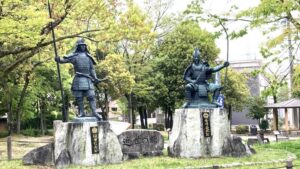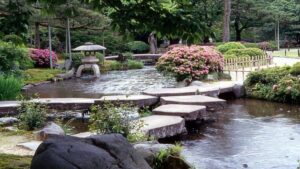Tenryuji Temple, Shogun Ashikaga Takauji Mourned Emperor Go-Daigo
Located at the foot of Mt. Arashiyama, one of Kyoto's most popular tourist destinations, Tenryuji Temple, a World Heritage Site and the head temple of the Tenryuji School of Rinzai Zen Buddhism, offers a wealth of attractions. There are no words to describe the beauty of the Sogen Pond Garden with Mt. Arashiyama and Mt. Kameyama as borrowed landscapes. The ceiling painting of clouds and dragons in the hall is also known as the “Dragon Staring in All Directions” because it seems to stare at you from all angles.
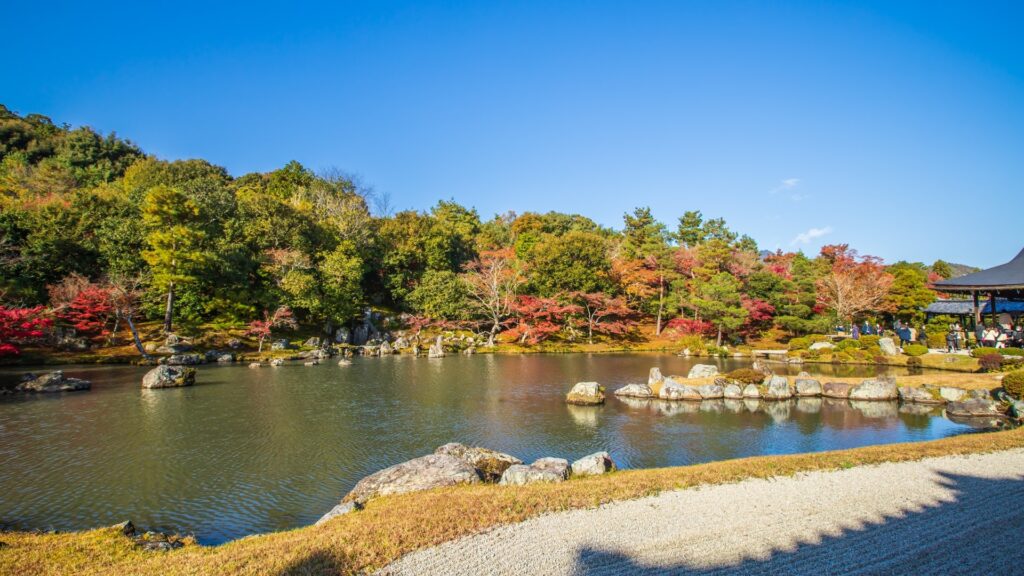
Takauji's Regret and Sorrow
Tenryuji Temple was founded in 1339 by Ashikaga Takauji (1305-1358, 足利尊氏), the first shogun of the Muromachi Shogunate (1336-1573), to mourn the passing of the 96th Emperor Go-Daigo (1288-1339, 後醍醐天皇). Emperor Go-Daigo had fled Kyoto to Yoshino to establish the Southern Court but ultimately died of a broken heart. The first chief priest was Muso Soseki (1275-1351, 夢想疎石), a revered national teacher and Rinzai Zen priest.
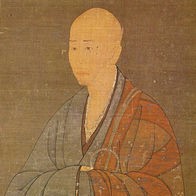
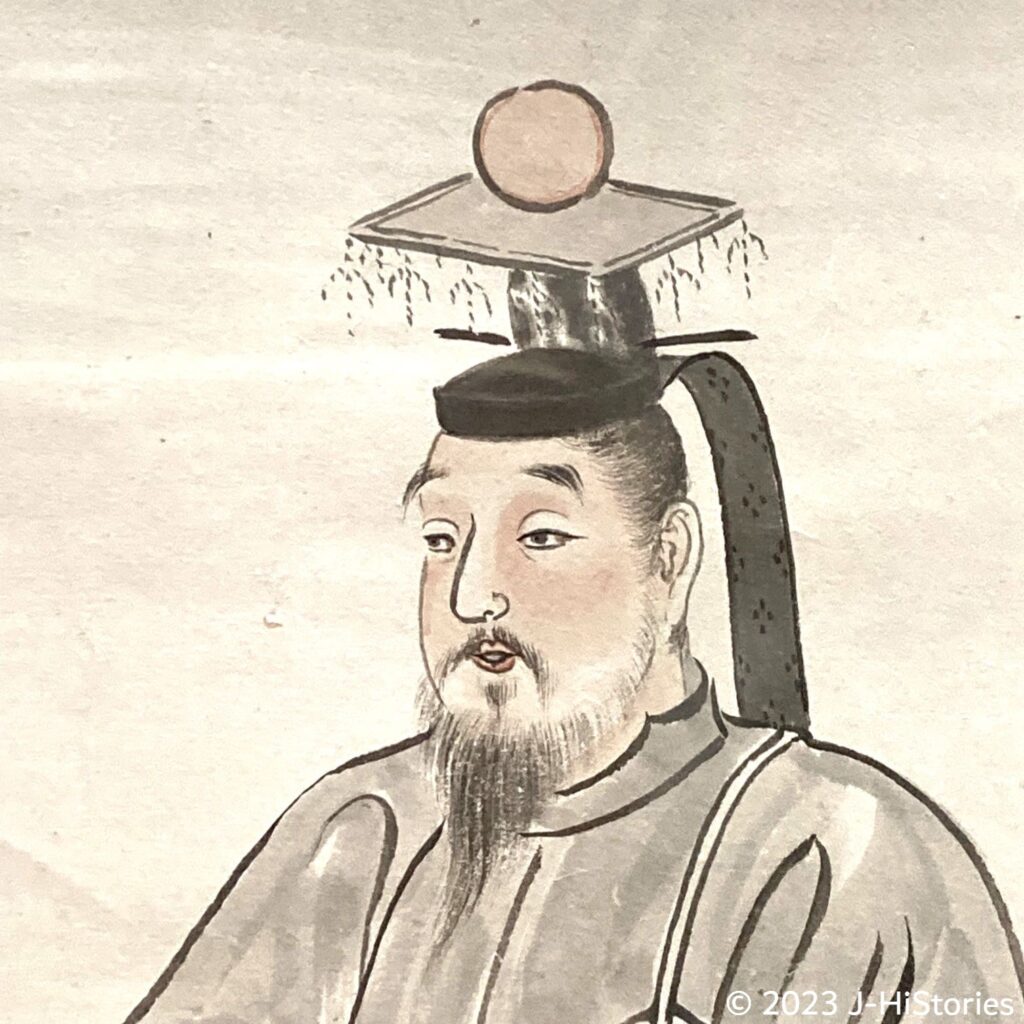
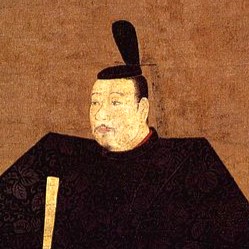
Why would a shogun mourn Emperor Go-Daigo? The reason is that Ashikaga Takauji's painful feelings are condensed there. Although Takauji initially supported Emperor Go-Daigo against the Kamakura Shogunate, which he served, he eventually defected from the emperor. After overthrowing the Kamakura Shogunate, Takauji later opposed Go-Daigo's efforts to reestablish imperial rule, driving him to Yoshino and establishing the Muromachi Shogunate with Emperor Komyo as the new sovereign. Despite his conflicts with Emperor Go-Daigo, Takauji's complex feelings of regret and sorrow led him to commemorate the emperor's death. Three years after Go-Daigo's relocation to Yoshino, he passed away.
Fall of the Kamakura Shogunate
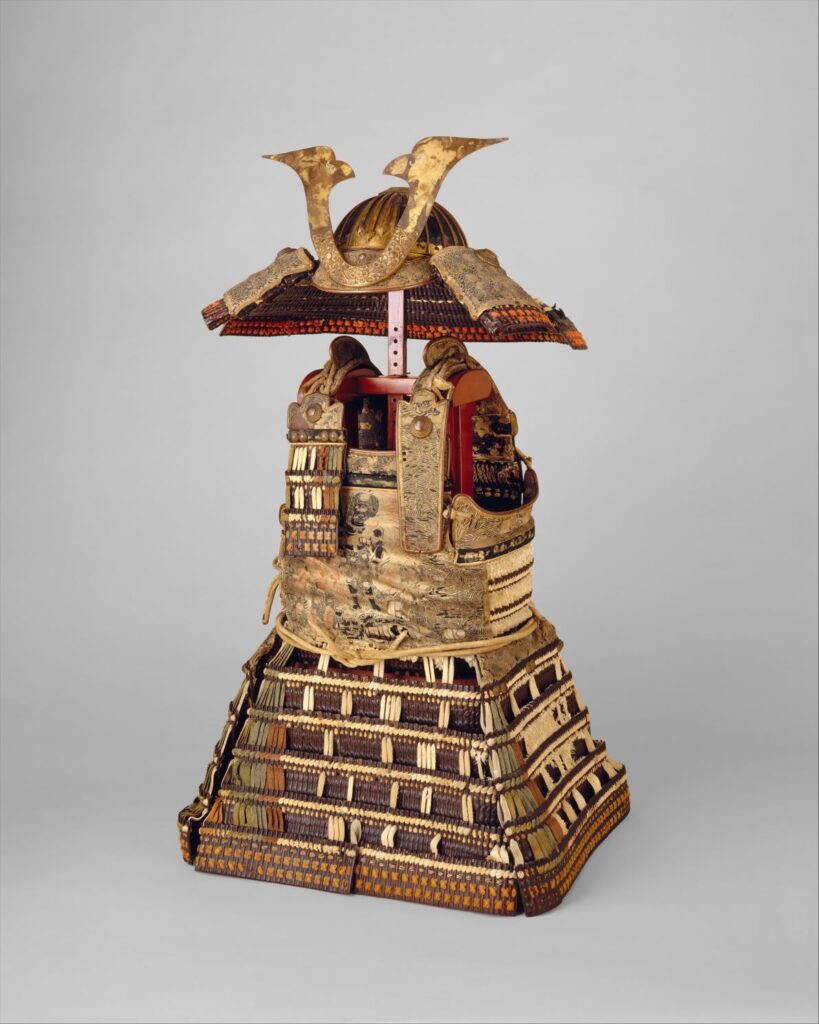
@ Metropolitan Museum of Art
Emperor Go-Daigo's second plan to overthrow the Kamakura Shogunate failed again, and he was exiled to the Oki island. However, the indomitable Emperor Go-Daigo escaped from Oki and became active in military activities with his son, Prince Moriyoshi, and others. Feeling threatened, the Kamakura Shogunate ordered one of its retainers, Ashikaga Takauji, to stand against Emperor Go-Daigo. In April 1333, he marched toward Kyoto to attack Emperor Go-Daigo. But, Takauji rose in revolt against the Kamakura Shogunate, seeking the revival of the Minamoto clan. Because the Kamakura Shogunate was under the control of the Hojo clan, the Minamoto clan's retainers. In addition, Takauji, like Yoritomo, the first shogun of the Kamakura Shogunate, was a descendant of the 56th Emperor Seiwa, which gave Takauji the legitimacy to seize power. He joined the army of Emperor Go-Daigo. In May of the following year, Rokuhara-Tandai, the Kyoto political organization of the Kamakura Shogunate, fell. The next day, Nitta Yoshisada, another descendant of the Minamoto clan, also responded by raising an army and invading Kamakura, leading to the fall of the Kamakura Shogunate.

Disruption of the Emperor's parental rule
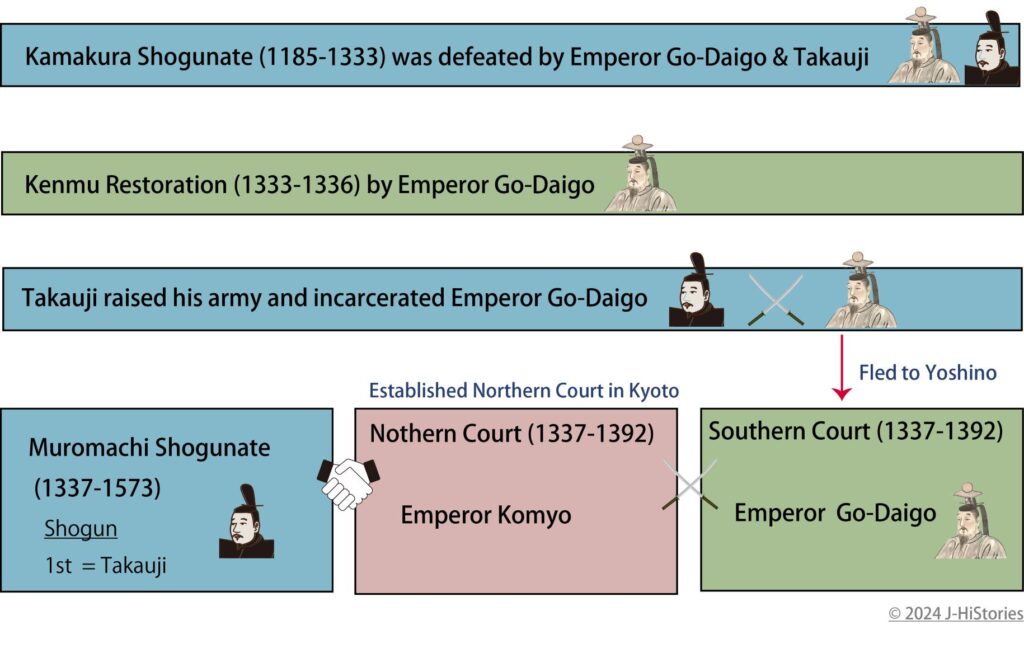
In 1333, Emperor Go-Daigo began his new administration (Kenmu Restoration). Emperor Go-Daigo heavily favored the court nobles. Therefore, the distribution of land was also skewed toward the imperial family and the court nobles, but not to samurai who fought against the Kamakura Shogunate. The samurai thought that they were entitled to land as a reward for defeating the Kamakura Shogunate, but for Emperor Go-Daigo, it is believed that all land belonged to the emperor. However, the samurai government had already penetrated every corner of the country, Emperor Go-Daigo's politics dated back to the old days when the samurai were the emperor's retainers. Under this situation, Hojo Tokiyuki, the son of the last regent of the Kamakura shogunate, raised an army at the age of only 10 and retook Kamakura. Takauji immediately set out for Kamakura and successfully recaptured Kamakura with his younger brother Naoyoshi without an order from Emperor Go-Daigo. Ignoring Emperor Go-Daigo's order to return to Kyoto, Takauji began to reward land those who had played an active role in the recapture of Kamakura. This meant Takauji became the top of Samurai society, the actual Shogun. Finally, he parted ways with Emperor Go-Gaigo.
The collapse of Emperor Go-Daigo’s administration and the beginning of the Internal Conflict

In 1336, Takauji had a new emperor, Emperor Komyo, ascend the throne and begin the administration of the newly established Muromachi Shogunate in Kyoto, though Emperor Go-Daigo was still alive. This was the moment when the samurai government expanded from just Kamakura to the western area centered on Kyoto. Emperor Go-Daigo, feeling himself in danger, left Kyoto for Mt. Yoshino, where he established the Southern Court regime. For the next 60 years, the southern court of Emperor Go-Daigo in Yoshino and the northern court of Emperor Komyo in Kyoto co-existed. This was unprecedented in Japanese history. Even after the demise of Emperor Go-Daigo in Yoshino in 1339, the forces of the two courts fought each other throughout the country. It was not until 1392, during the reign of the third shogun, Ashikaga Yoshimitsu (1358-1408, 足利義満), that the northern and southern regimes were united.
Takauji, a Weak Leader, Became Shogun.
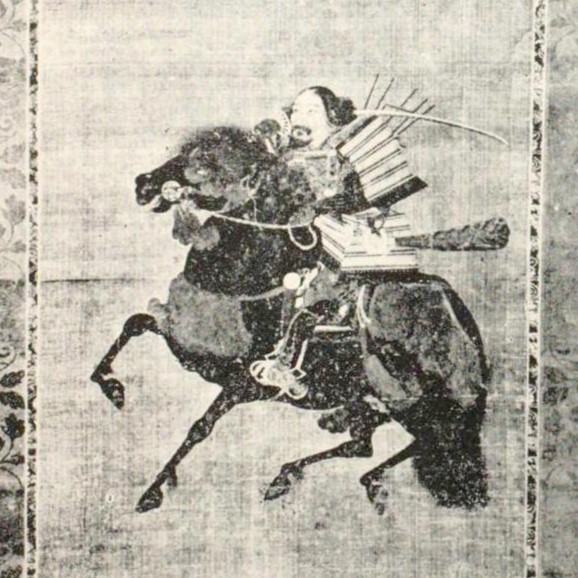
Takauji's life in battle was nearly undefeated. Whenever Takauji stood on the battlefield, he smiled even under a rain of arrows, boosting morale and leading his men to victory. He was also selfless, sharing all the gifts with his retainers. On the other hand, he was a weak leader, saying he would leave his post when he parted company with Emperor Go-Daigo and became the emperor's enemy, and he cried whenever he faced with difficulties.
Yasuda Noboru, a Noh actor, remarked, "In times when it is difficult to notice drastic changes taking place under one's feet, and everything seems gray and indistinct, somewhere between black and white, it is suitable for a leader to be weak like Takauji who grasps the times while swaying with the waves".
In 1338, Takauji was appointed the first shogun of the Muromachi Shogunate. His weakness became his strength.
The Foundation of Tenryuji Temple
After Emperor Go-Daigo passed away, Takauji held a memorial service on the 100th day of his death. He then built Tenryuji Temple in Emperor Go-Saga's detached palace, which had been given to Emperor Go-Daigo, to mourn his loss. In 1345, the inauguration ceremony of Tenryuji Temple was grandly held at the place associated with Emperor Go-Daigo, and a gold brocade robe and a purple Chofuku, the upper garment worn by government officials, were bestowed by the Imperial Court. Muso Soseki set the main deity as Vairocana Buddha and declared that in the enlightened world, there would be no distinction between self and others, let alone between friend and foe. He wished for the realization of true peace.
In his petition, Takauji praises Emperor Go-Daigo for “achieving the greatness of the royal road and the prosperity of Buddhism, and for mastering all the paths to be mastered, such as calligraphy, waka poetry, sho (Japanese flute), and biwa (Japanese lute), and for practicing all the virtues to be practiced.” He praised Emperor Go-Daigo, saying, “I am a disciple of Emperor Go-Daigo, and his kind words remain deep in my ears. He cannot thank the emperor enough for the favors he has received...” He also expressed his respect for Emperor Go-Daigo and his painful feelings that he finally parted ways with Emperor Go-Daigo and had to fight against him even though he was recommended by the surrounding samurai. Ashikaga Takauji is the only warlord in Japanese history to have mourned for the emperor.
Main attractions associated with Emperor Go-Daigo
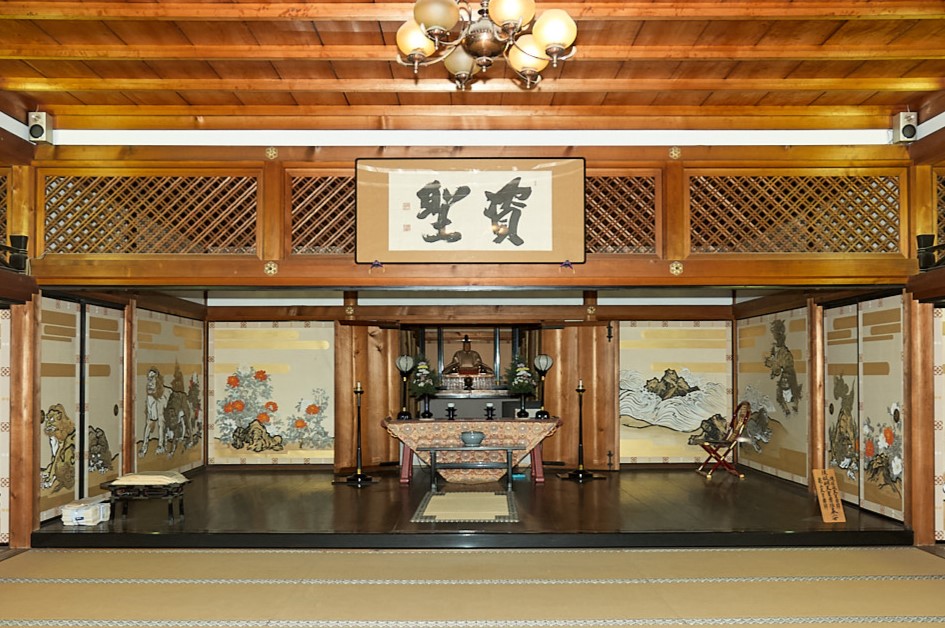
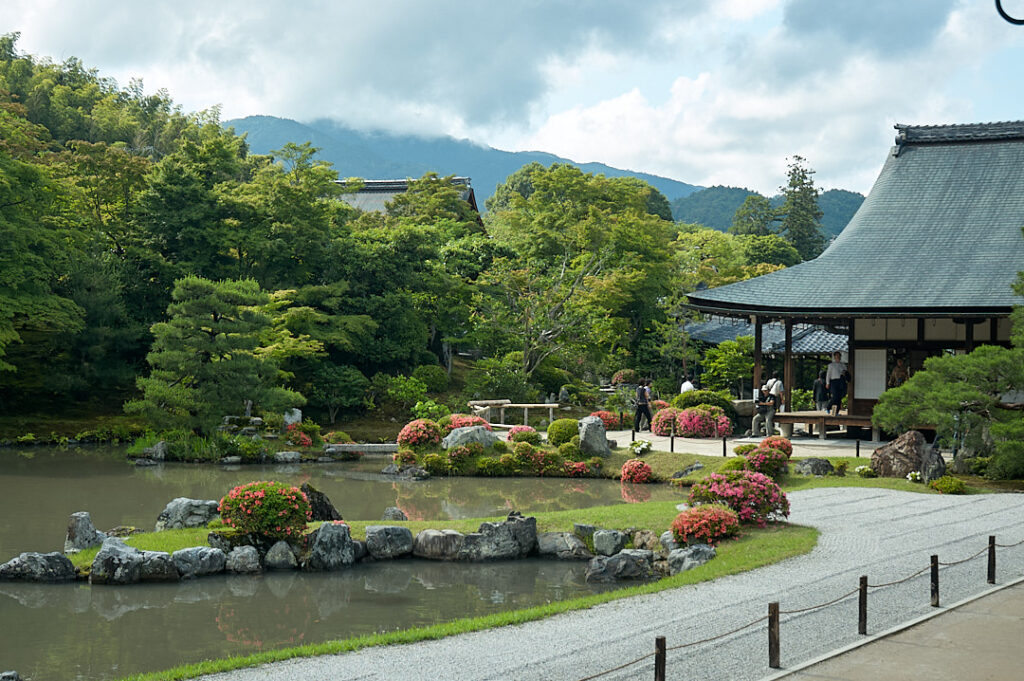
The highlight of Sogen Pond Garden is the Dragon Gate Fall, renowned as one of the finest stone arrangements in Japan. Legend has it that a carp ascending this waterfall transforms into a dragon, symbolizing enlightenment in Zen philosophy. Typically, the carp stone is placed below the waterfall stones, but in this garden, the transformative moment of the carp turning into a dragon is depicted through the stone arrangement. The reason behind Muso Soseki's stone arrangement remains unknown, but it may be to express the enlightenment of Emperor Go-Daigo. The Taho-den Hall houses a statue of Emperor Go-Daigo, similar in style to the Shishinden Hall of Emperor Go-Daigo's Imperial Palace in Yoshino. When you visit the scenic Tenryuji Temple in Kyoto, you will feel the connection between Ashikaga Takauji and Emperor Go-Daigo.
Ashikaga Takauji Timeline
| Takauji | Go-Daigo | Period | ||
|---|---|---|---|---|
| 1274 | Mongol invasions to Kyushu (The Bunroku War) | Kamakura | ||
| 1281 | Mongol invasions to Kyushu again (The Koan War) | |||
| 1288 | Emperor Go-Daigo was born | Age=1 | ||
| 1305 | Ashikaga Takauji was born | Age=1 | ||
| 1318 | Emperor Go-Daigo ascended the throne | 31 | ||
| 1324 | Emperor Go-Daigo planned to overthrow the Kamakura Shogunate | 19 | 38 | |
| 1331 | Genko War, Emperor Go-Daigo planned to overthrow the Kamakura Shogunate | 26 | 45 | |
| 1332 | Emperor Go-Daigo was exiled to Oki | 27 | 46 | |
| 1333/05 | Ashikaga Takauji defeated Kamakura Shogunate | 28 | 47 | |
| 1333/06 | Emperor Go-Daigo returned to Kyoto | 28 | 47 | |
| 1334/01 | The Kenmu Restoration had begun | 29 | 48 | Northern & Southern Courts |
| 1335/07- | Ashikaga Takeuji suppressed the son of regent Hojo (Nakasendai Rebellion) | 30 | ||
| 1335/10 | Ashikaga Takauji rebelled against Go-Daigo | 31 | 49 | |
| 1336/08 | Ashikaga Takauji backed up Emperor Komyo to be enthroned (start of the Northern Court) | 32 | 50 | |
| 1336/10 | Ashikaga Takauji incarcerated Emperor Go-Daigo | 32 | 50 | |
| 1336 | The Kenmu Restoration collapssed / Emperor Godaigo established the Southern Court at Yoshino | 32 | 50 | |
| 1336/11 | Ashikaga Takauji estabilished Muromachi Shogunate | 32 | 50 | Muromachi |
| 1336/12 | Emperor Go-Daigo fled from Kyoto to Mt. Yoshino | 32 | 50 | |
| 1336/12 | The Sothern and Northern Courts began | 32 | 50 | |
| 1338 | Ashikaga Takauji became Shogun of Muromachi Shogunate | 33 | 52 | |
| 1339/08 | Emperor Go-Daigo passed away at Yoshino | 34 | 52 | |
| 1339/10 | Ashikaga Takauji offered to build Tenryuji Temple | 34 | - | |
| 1345 | Tenryuji Temple was established | 40 | - | |
| 1350 | Kanno disturbance (Takauji vs Naoyoshi) | 45 | ||
| 1358 | Ashikaga Takauji passed away | 53 | ||
| 1392 | The unification of the Southern and Northern Courts | - | - |
Recommendations to visit
Tenryuji Temple
- Access: 30 minutes from Kyoto Station. In front of Arashiyama Station of Keifuku Electric Railroad Arashiyama Line.
Yoshino Jingu Shrine
- Access: Using JR trains, you can get to Yoshino-guchi Station from Nara, Kyoto, and Osaka Stations. 30 minutes to Yoshino Station on the Kintetsu Railway train. A 20-minute walk

